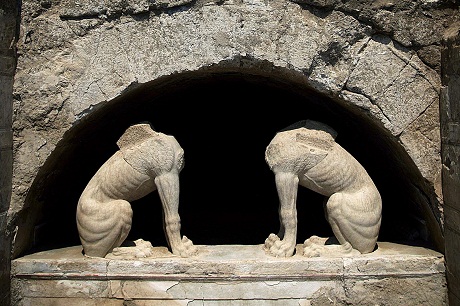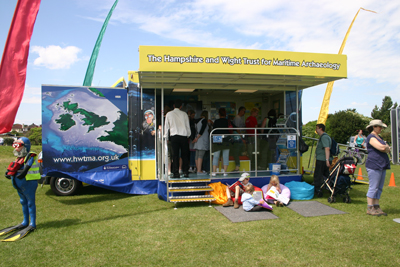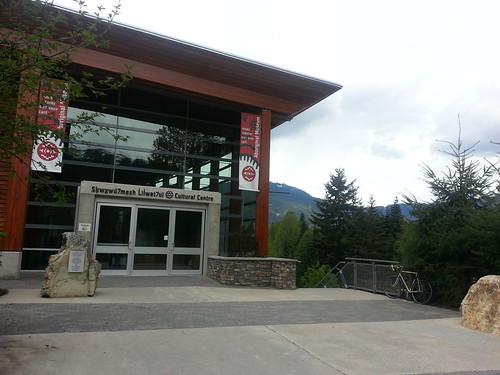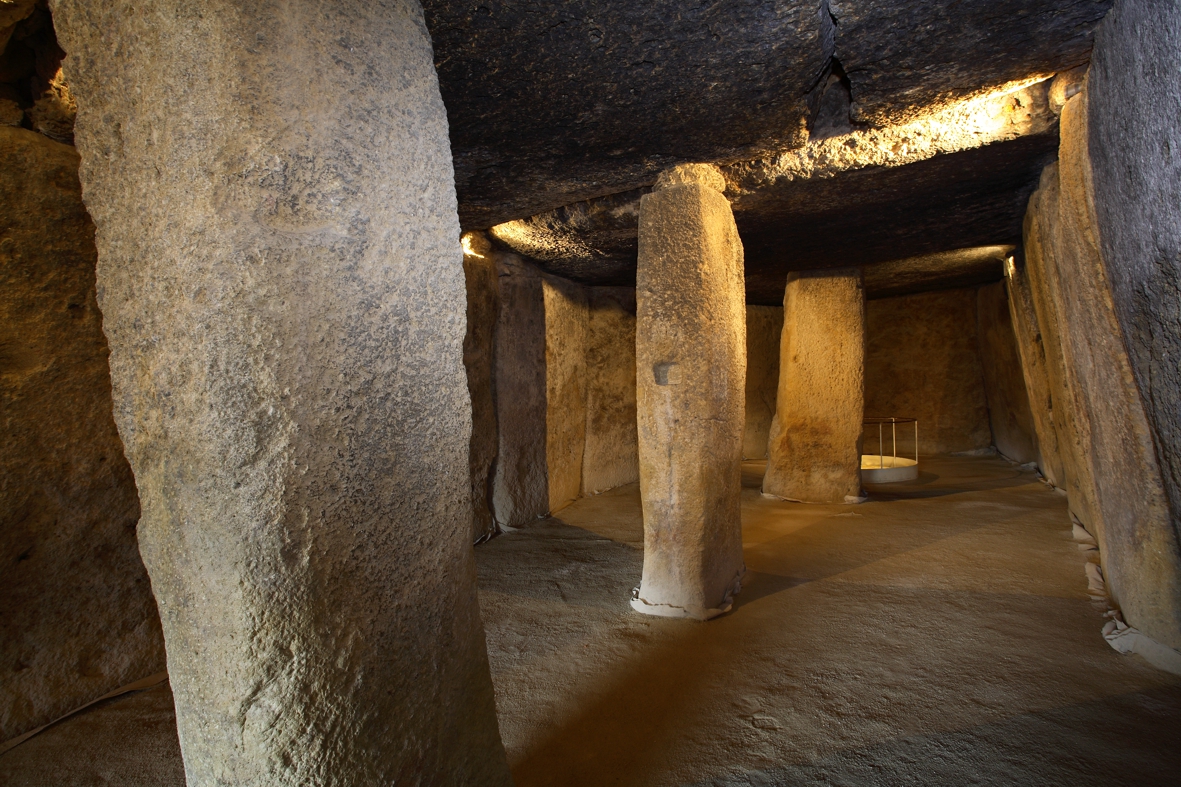
Archaeology of Portus course – second run
The Archaeology of Portus Massive Open Online Course has just started again. There is still time for you to join the many thousands of people on this free course focused on our work at Portus. The port of Imperial Rome. Sign up via the FutureLearn Archaeology of Portus page.
We have had an even greater number of learners enrolling than last year and have made modifications throughout the course.
Continue reading →








